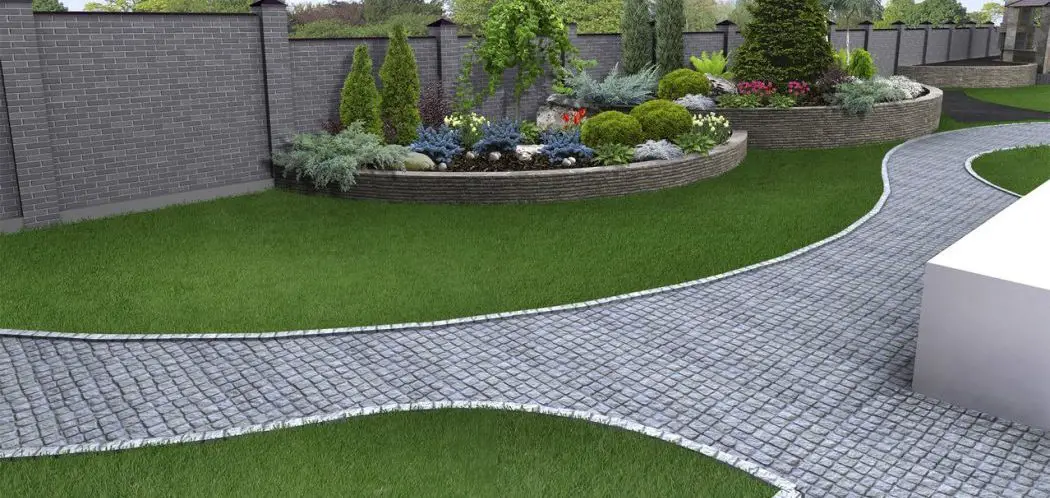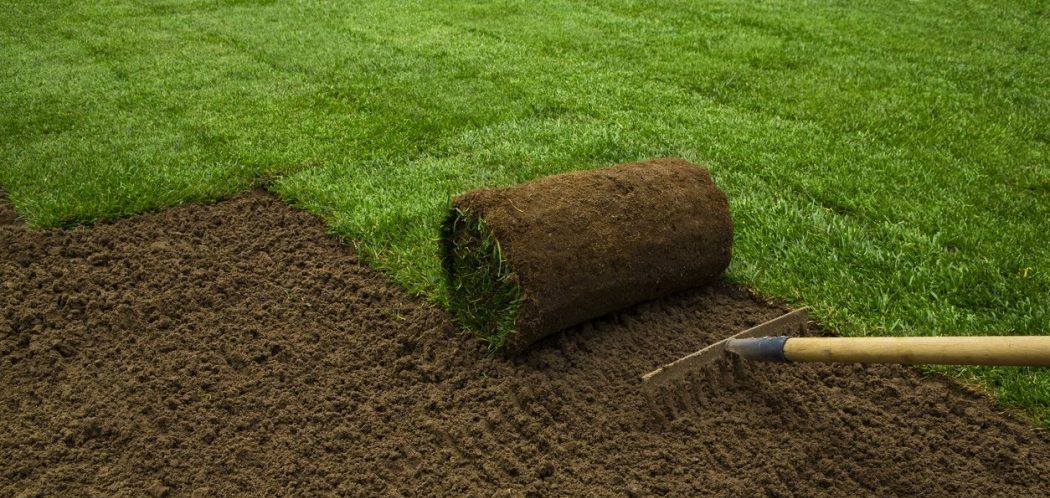Laying fresh sod is exciting, but you need to ensure the new grass develops a deep, sturdy root system in the first few weeks after installation. Monitor for these key signs that indicate your sod is rooting properly:
1. Sod Sections Resist Lifting
About 1 week after laying new sod, try gently lifting up on the corner of a test section. Properly rooting sod will resist pulling up or away from the soil underneath. Avoid yanking too aggressively.
New grass roots extending into the soil create an anchor that makes it difficult to peel the sod pad up. You shouldn’t see strips of bare soil separating from the mat of tiny white root strands interlacing below. Just light upward pressure that meets firm resistance indicates roots are embedding.
2. Grass Displays Rich, Vibrant Green Color
Smooth, even emerald green color across the entire sodded area without large patches of yellowing, browning, or thinning means the roots are accessing soil nutrients and moisture well.
Carefully monitor the color of your new sod daily as it establishes, watching for any pale or discolored spots. Small brown patches indicate something is causing roots to struggle in that section.
Catch and quickly address any color inconsistencies by adjusting the watering regimen, removing matted debris, aerating compacted areas, or topdressing stressed zones with organic compost. Uniform turf color means the root system is thriving.
3. Soil Firms Up Underfoot
Walk across your new sod lawn about 2 weeks after initial install. The soil beneath should feel firmly anchored without any squishy or muddy spots. This shows grass roots are properly growing downward into the soil profile.
Avoid oversaturating sod during watering, which keeps the soil too soft and loose. But do continue consistent, daily irrigation to encourage steady downward sod root development. In time, you’ll notice a firmer subsurface as the web of roots expands.
4. New Top Growth Signals Mowing Time
When your newly laid sod first reaches about 3 to 4 inches tall with abundant fresh leafy growth, it means the roots are finally established enough to support mowing and divert energy to foliage growth.
Let your sod produce this 3-4 inch cushion of new verdant growth before attempting the first mowing. This ensures the underlying root system has had time to properly anchor and embed within the soil. Never mow too soon while roots are still fragile.
5. Natural Gap Closure Between Pieces
Over the first few months, you’ll notice any small gaps or seams left between adjacent sod rolls will slowly close up on their own as the grass matures. This happens thanks to the extensive root matrix knitting the entire sod pad together.
For thin spots or divots between sections persisting beyond 4-6 weeks after laying the sod, sprinkle a light topdressing of 1:1 blended soil and sand to organically encourage the surrounding well-rooted sod to creep inward and fill gaps.
Proper Early Care Builds a Vigorous Root Foundation
With attentive early sod care like daily watering, weed removal, fertilization, and avoiding foot traffic or equipment use during the initial rooting period, your new turf will root vigorously:
- Water new sod daily until established to keep the top 1-2 inches of soil consistently moist but not saturated. Proper moisture is crucial.
- Hand pull weeds the moment you spot them to prevent competition for available space, light, and soil nutrients needed by establishing sod roots.
- Allow 2-3 full weeks after laying sod before initial mowing to ensure substantial rooting and growth has occurred first.
- Top dress any visibly thinning areas with 1/4 inch of rich organic compost to get struggling sections up to speed with the rest.
Have Realistic Patience – Rooting Rate Varies
Don’t become concerned if your sod takes a full 2-3 weeks after installation to clearly exhibit signs of secured rooting. The rate of establishment varies based on several factors:
- Grass species (some varieties naturally root faster than others)
- Presence of quality topsoil (screened topsoil encourages quicker rooting vs subsoil)
- Weather conditions during establishment (consistent moisture and 70°F temps are ideal)
- Overall health of the sod at time of installation (stressed grass delays rooting)
- Time of year the sod is laid (late fall sod will root slower than spring)
The most important action is catching and addressing any issues delaying proper sod anchoring right from the start. Don’t allow new grass to languish and thin without taking corrective steps to get roots digging deep.
Recap of the 5 Sure Signs Roots are Growing Well
Here are the key indicators to monitor starting 1 week after new sod is laid:
- Sections resist lifting upwards from firming roots
- Grass shows consistently vibrant green color
- Soil feels firmer underfoot as roots extend down
- New top growth reaches 3-4 inches signaling mowing time
- Bare gaps and seams slowly fill in as roots spread
Watch for these visible signs of proper root establishment beneath the surface. With attentive early sod care and patience, your new grass will form a lasting deep root system to create a healthy, thriving lawn.






